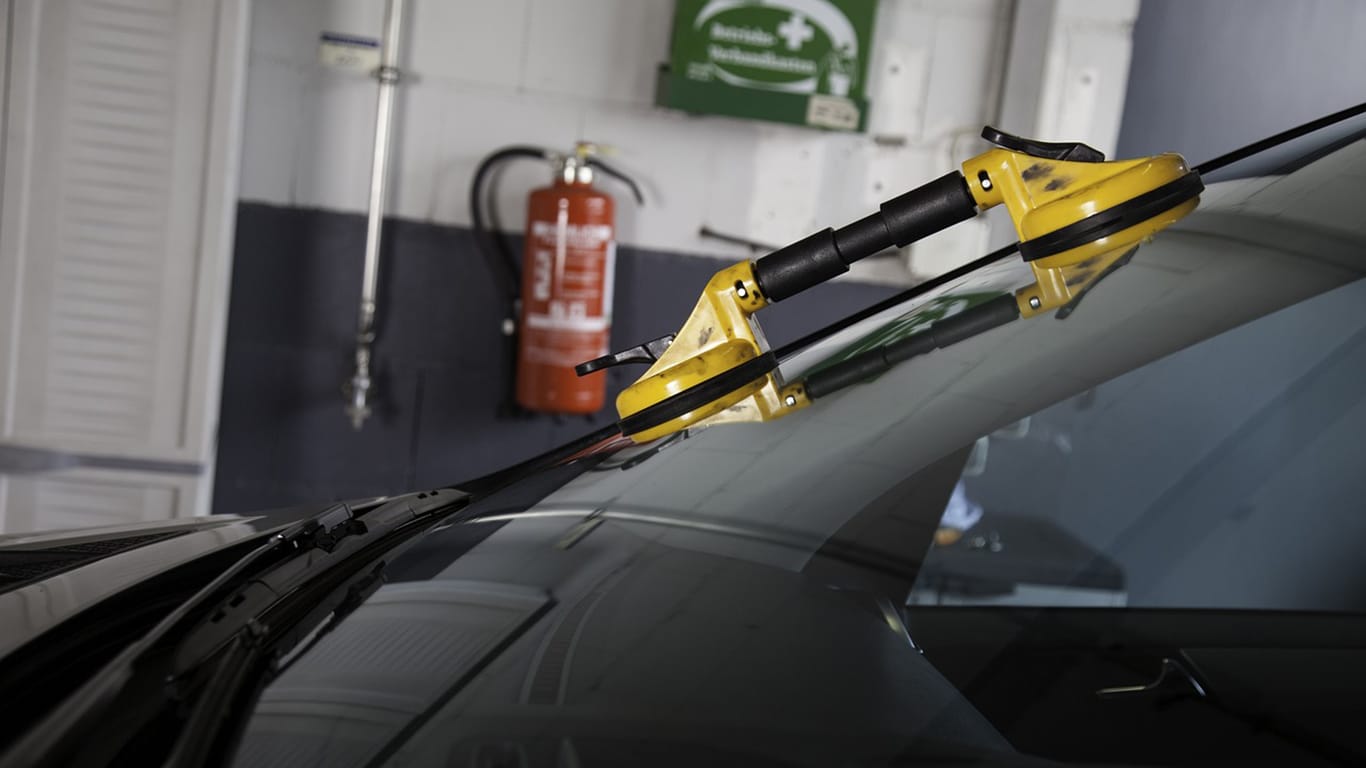Windshield damage is one of the most common issues car owners face. Whether it’s a minor chip from debris or a full crack across the glass, a damaged windshield affects your visibility and safety. Handling windshield repair or replacement can feel daunting, but with the right insurance coverage and repair shop, you can manage the process smoothly. This guide outlines everything you need to know about fixing windshield damage, from understanding insurance options to selecting a reputable repair provider.
LEARN MORE: Read the latest consumer and lifestyle news here
Assessing the Damage
The first step in addressing windshield damage is assessing its extent. Chips, cracks, and shattered glass each call for different solutions. Small chips or cracks are often repairable, especially if they’re less than six inches long. However, cracks that extend across the windshield or extensive damage may necessitate a full replacement.
Acting quickly is crucial. Even small cracks can spread due to temperature fluctuations or additional stress on the glass. Timely repair helps maintain the structural integrity of your windshield and prevents a minor issue from becoming a costly replacement.
Checking Your Insurance Policy
Once you’ve assessed the damage, review your car insurance policy. Many insurance policies cover windshield damage under comprehensive coverage, which typically covers damage from non-collision events like flying debris, vandalism, and weather-related incidents.
If you’re unsure about your coverage, it’s a good idea to call your provider and confirm what’s included in your policy. Some policies even offer specific “glass coverage,” which may cover windshield repairs or replacements with no deductible. Understanding your coverage upfront helps avoid surprises later and allows you to choose the most cost-effective route for repairs.
Choosing an Insurance Provider
Selecting the right insurance provider plays a significant role in managing windshield damage. Not all insurance providers offer equal coverage, so it’s wise to choose one that prioritizes windshield protection. Look for providers that offer comprehensive or glass coverage options, as these plans often cover windshield damage more comprehensively than standard policies.
When choosing an insurance provider, consider deductibles, specific glass coverage terms, and whether they offer preferred repair shops or zero-deductible options. Doing this research upfront is essential to ensure you’re prepared for any potential windshield issues down the line. For instance, Nation West provides comprehensive policies that may include glass damage, so consider consulting with them if you’re exploring coverage options for windshield protection.
Filing an Insurance Claim for Windshield Damage
If your windshield is damaged and you have insurance coverage, filing a claim is the next step. Start by documenting the damage with photos and providing details about the incident. Contact your insurance provider promptly to initiate the claim process.
Some insurance companies partner with specific repair shops, simplifying the process by directly working with the shop on your behalf. Be aware that you often have the freedom to choose your repair shop, even if your provider has a preferred list. Having flexibility in selecting a repair shop can help you get high-quality repairs that align with your needs.
Remember to review your policy’s deductible and coverage details before filing a claim. Many insurers fully cover small repairs, which saves you from paying out-of-pocket for minor issues.
Selecting the Right Repair Shop
Choosing a reputable repair shop is essential to ensure quality and lasting results. Look for repair shops with certifications, customer reviews, and warranties on their work. Additionally, inquire about their experience with different types of damage, as repairs may vary based on the crack size, location, and glass type.
A high-quality repair shop should prioritize safety and offer transparency about repair costs, timelines, and materials. You may also want to look for shops that specialize in car window repair, as they will likely have specific expertise in windshield work. Prioritizing a shop with good reviews, a strong reputation, and quality parts ensures you’ll have a safe and durable repair or replacement.
The Repair and Replacement Process
Once you’ve selected a repair shop, the repair or replacement process can begin. For minor chips and small cracks, a technician typically uses a special resin that fills and hardens within the crack, preventing it from spreading. This process is usually quick and can be completed in about 30 minutes to an hour. Larger cracks or shattered windshields require full replacement, which involves removing the old windshield, applying a new adhesive, and setting a new piece of glass in place.
Replacement can take longer—often a few hours or more, depending on the extent of the damage and the quality of the materials used. A proper repair shop will also provide you with guidelines on how to care for your windshield post-repair, ensuring the new glass remains durable over time.
Post-Repair Tips and Maintenance
Once your windshield has been repaired or replaced, some simple maintenance practices can help protect it from future damage. Avoid washing the car immediately after a repair, as high-pressure water can affect the adhesive bond. Instead, wait at least 24 hours before washing to ensure the adhesive is fully cured.
Another useful tip is to keep a safe distance when driving behind trucks or other vehicles that may kick up rocks or debris. Avoiding sudden temperature changes (like blasting a hot defroster on a cold windshield) also helps to prevent cracks from developing. Regularly inspect and clean your windshield with glass-friendly products, as dirt and grime can obscure visibility and contribute to scratches over time.
Conclusion
A damaged windshield doesn’t have to be a major setback. With the right insurance, a reliable repair shop, and some proactive maintenance, you can manage windshield issues with minimal hassle. Be proactive by choosing comprehensive insurance that covers windshield damage and a reputable repair shop when problems arise.
Staying on top of small issues and addressing them quickly will keep your windshield in optimal condition, ensuring safety and clarity on the road. By following these steps, you can make windshield repair a straightforward, manageable process and keep your car in excellent shape.




